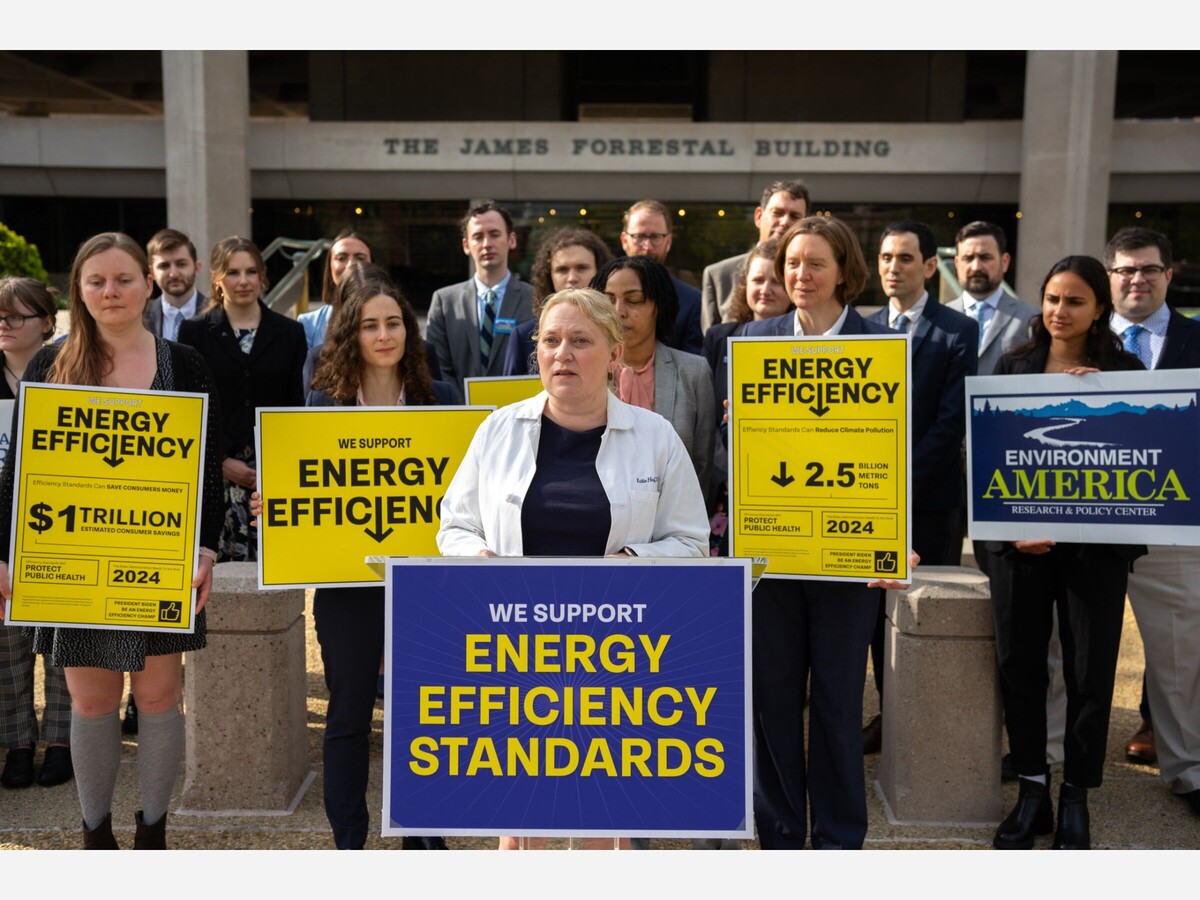The Biden administration has recently finalized new energy efficiency standards for residential water heaters, set to take effect in 2029. This move, part of the administration's broader climate change agenda, has sparked debate over its potential impact on consumers and the economy.
The Department of Energy (DOE) announced these regulations with the aim of reducing carbon dioxide emissions and increasing energy efficiency. Key points of the new standards include:
- A requirement for new tankless gas water heaters to use about 13% less energy than today's least efficient models.
- An expectation that over 50% of newly manufactured electric storage water heaters will utilize heat pump technology, compared to just 3% today.
- The regulations apply to gas-fired, oil-fired, and larger electric storage water heaters, but do not impact gas-fired instantaneous water heaters.
The DOE estimates significant benefits from these new standards:
- Savings of $124 billion on consumer energy bills over 30 years of shipments.
- Reduction of 332 million metric tons of carbon dioxide emissions, equivalent to the annual emissions of nearly 43 million homes.
- Annual savings of approximately $7.6 billion on energy and water bills for consumers.
While the administration touts the benefits, critics argue that the regulations could have negative economic consequences:
- Increased Costs: Some industry analyses estimate that consumers will pay an average of $450 more when purchasing new water heaters.
- Market Restrictions: Approximately 40% of new tankless water heaters currently available in the U.S. will be taken off the market by 2029.
- Manufacturing Challenges: Companies like Rinnai America, which recently invested in a $70 million factory to manufacture non-condensing gas water heaters, may face significant losses.
The new regulations have raised concerns about consumer choice and affordability:
- Low-income and senior households, which are most reliant on the models targeted by the DOE, may be disproportionately affected.
- Consumers may be forced to purchase either more expensive or less efficient water heater models.
Reactions to the new standards have been mixed:
- The Appliance Standards Awareness Project (ASAP) welcomed the move, stating it will eliminate 32 million metric tons of carbon dioxide emissions from water heaters sold over 30 years.
- Critics, including Ben Lieberman from the Competitive Enterprise Institute, argue that the regulations will raise costs and reduce choices for consumers.
These water heaters are part of a larger push by the Biden administration to update efficiency standards for various appliances:
- Recent months have seen new standards for gas stoves, clothes washers and dryers, and refrigerators.
- The administration is nearing its target of achieving $1 trillion in savings and cutting 2.5 billion metric tons of climate change emissions over 30 years through various appliance standards.
As the debate continues, the full impact of these regulations on the economy and consumers remains to be seen. While proponents argue for long-term energy savings and environmental benefits, critics warn of immediate economic challenges and reduced consumer choice

